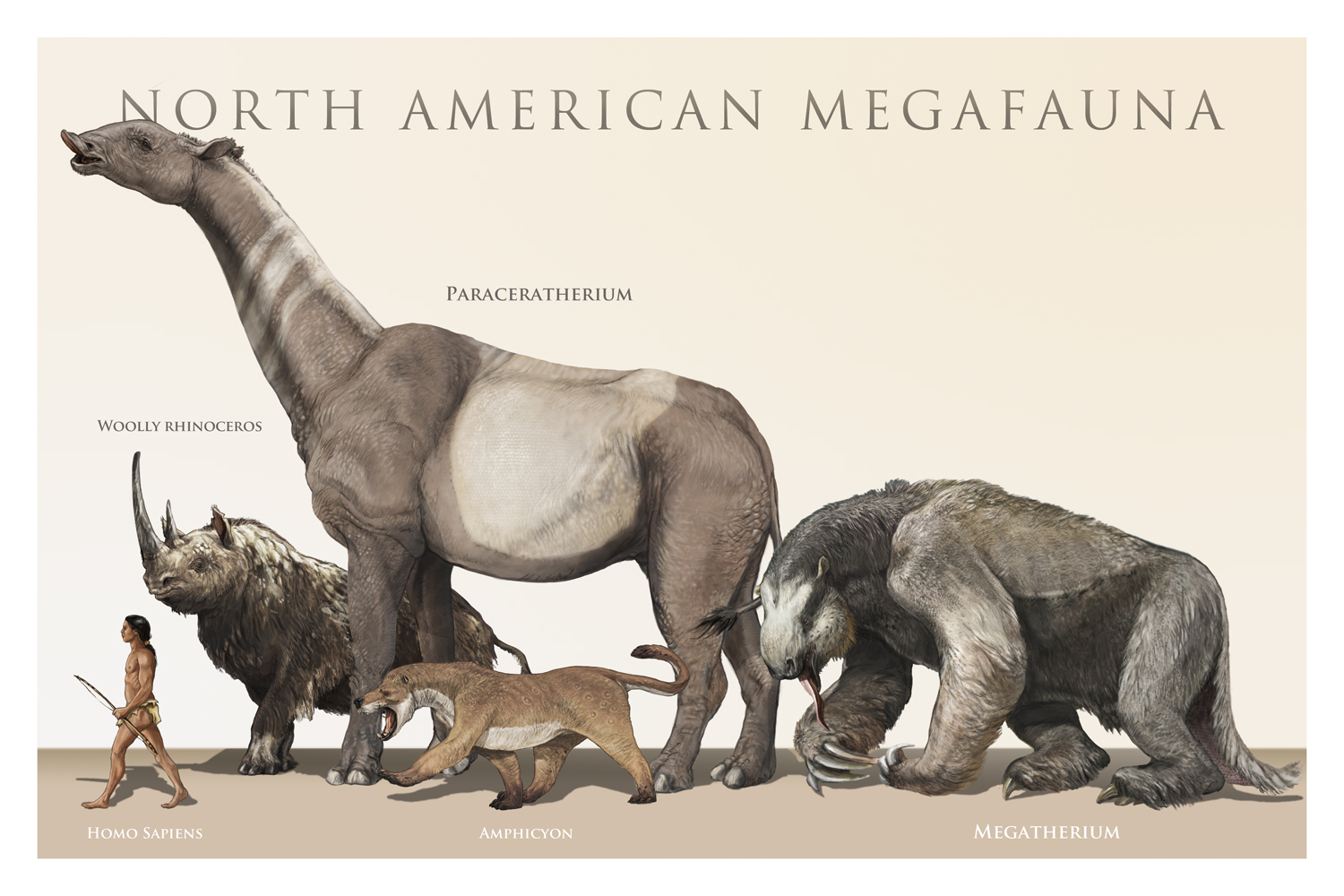It makes a lot of sense to have this different strategy of being rooted in the real physical world and have digital nomads being as like a guild of knowledge workers that seed their specialized knowledge because localism is necessary and good, but it's also not necessarily very innovative. Most people at the local level just keep repeating stuff. It's good to have people coming in from the outside and innovating.
for - insight - good for digital nomads to be rooted somewhere in the physical word - they are like a cosmo guild of knowledge workers - localities tend to repeat the same things - digital nomads as outsiders can inject new patterns - SOURCE - Youtube Ma Earth channel interview - Devcon 2024 - Cosmo Local Commoning with Web 3 - Michel Bauwens - 2025, Jan 2
